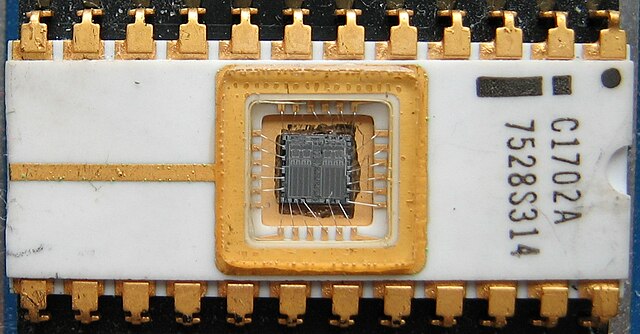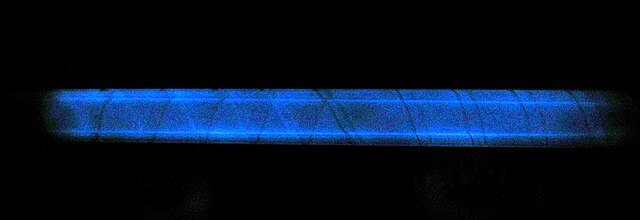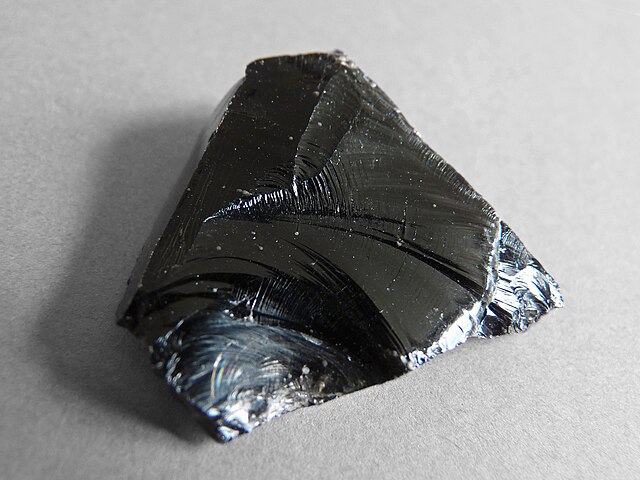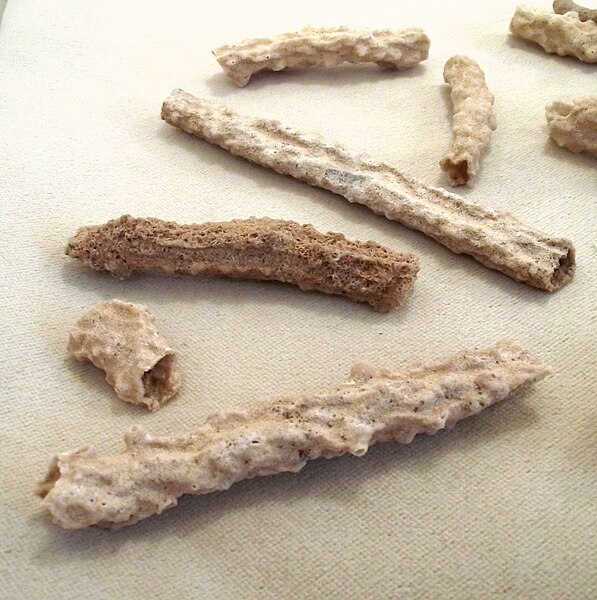Fused quartz, fused silica or quartz glass is a glass consisting of almost pure silica (silicon dioxide, SiO2) in amorphous (non-crystalline) form. This differs from all other commercial glasses, such as soda-lime glass, lead glass, or borosilicate glass, in which other ingredients are added which change the glasses' optical and physical properties, such as lowering the melt temperature, the spectral transmission range, or the mechanical strength. Fused quartz, therefore, has high working and melting temperatures, making it difficult to form and less desirable for most common applications, but is much stronger, more chemically resistant, and exhibits lower thermal expansion, making it more suitable for many specialized uses such as lighting and scientific applications.

This fused quartz sphere was manufactured for use in a gyroscope in the Gravity Probe B experiment. It is one of the most accurate spheres ever manufactured, deviating from a perfect sphere by no more than 40 atoms of thickness.
An EPROM with fused quartz window in the top of the package
Phosphorescence in fused quartz from an extremely intense pulse of UV light in a flashtube, centered at 170 nm
Glass is a non-crystalline solid that is often transparent, brittle and chemically inert. It has widespread practical, technological, and decorative use in, for example, window panes, tableware, and optics.
A glass building facade
A piece of volcanic obsidian glass
Moldavite, a natural glass formed by meteorite impact, from Besednice, Bohemia
Tube fulgurites







